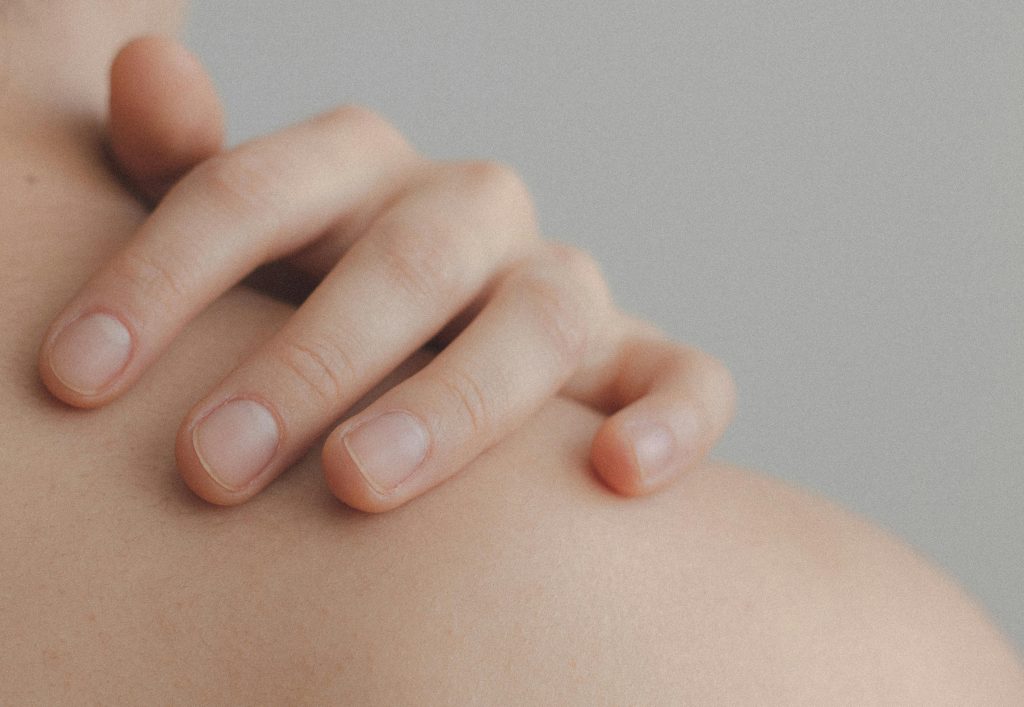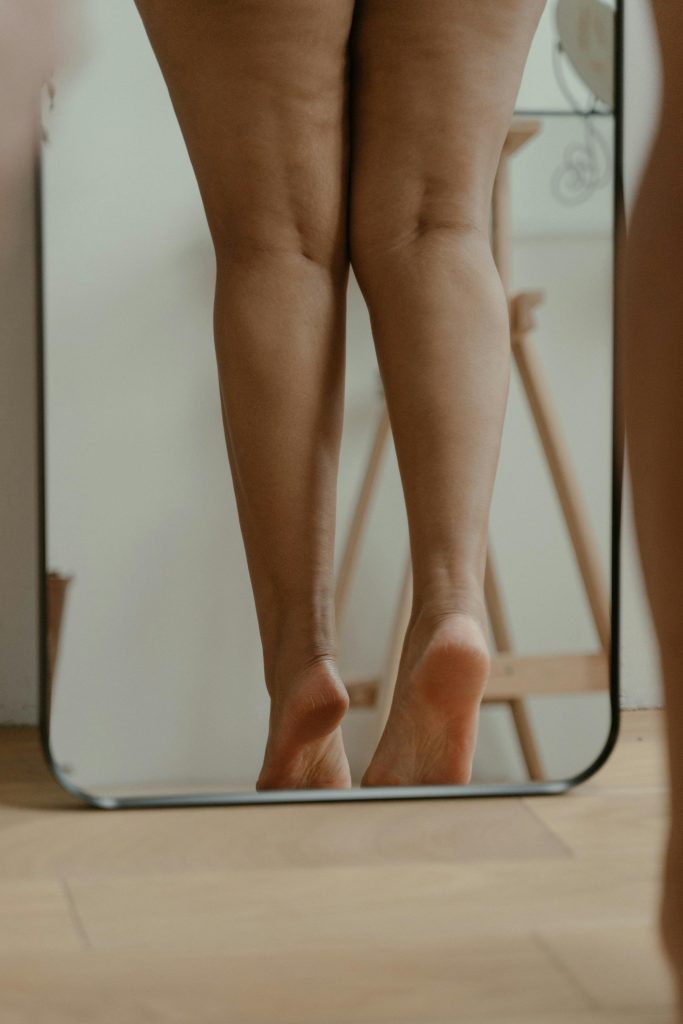How to Navigate with Confidence the Extra Skin After Weight Loss
Losing a significant amount of weight is a life-changing accomplishment. It reflects your commitment to health, determination, and resilience. However, a challenge often left out of conversations about weight loss is how to deal with the loose or excess skin that remains after shedding the pounds. For many, this can be an unexpected and emotionally charged hurdle in the journey toward self-acceptance and physical confidence.
If you’re navigating this reality, know that you’re not alone—and that excess skin doesn’t diminish the magnitude of your achievement. While it can present physical and emotional challenges, there are ways to address them, feel confident in your body, and move forward with pride. This post will help you understand why excess skin occurs, its impacts, and how to navigate it with actionable strategies and self-compassion.

Why Does Excess Skin Occur After Weight Loss?
Excess skin after weight loss is a natural consequence of how your body adapts to changes in size. Understanding why it happens can alleviate some of the frustration and help you set realistic expectations.
Skin’s Elasticity and Weight Loss
The skin is a living organ, made up of collagen, elastin, and other proteins that allow it to stretch and contract as your body changes. When you gain weight, your skin stretches to accommodate the larger body size. However, when you lose weight—especially rapidly—your skin doesn’t always have the elasticity to bounce back, leaving behind loose or sagging areas.

Key Factors That Influence Loose Skin
Several factors determine how much loose skin you may have after losing weight:
- The Amount of Weight Lost
Losing over 50–100 pounds often results in more excess skin because the skin is stretched significantly. - How Long You Were Overweight
Skin that has been stretched for many years loses elasticity over time, making it harder for it to shrink back. - Age
As you age, collagen and elastin production naturally decrease, reducing the skin’s ability to tighten after weight loss. - Genetics
Your genetic makeup plays a significant role in how your skin responds to weight changes. Some people are genetically predisposed to more resilient, elastic skin. - Speed of Weight Loss
Rapid weight loss, such as through bariatric surgery or crash diets, often results in more loose skin compared to gradual weight loss. - Lifestyle Factors
Smoking, dehydration, and poor nutrition can impair the skin’s ability to repair and recover.

The Emotional and Physical Impact of Loose Skin
Emotional Challenges
The presence of excess skin can stir a wide range of emotions, including pride in your weight loss achievements and frustration or embarrassment about the new physical challenge.
- Body Image Struggles
Loose skin can make it difficult to fully appreciate your weight loss. You might feel self-conscious or perceive your appearance as incomplete. - Social Anxiety
You may avoid certain activities, clothing styles, or social situations for fear of judgment or discomfort about how your skin looks. - Comparisons with Others
It’s easy to fall into the trap of comparing your journey to those who don’t seem to face the same challenges with loose skin. This can create feelings of inadequacy or unfairness.

Physical Discomfort
In addition to emotional concerns, loose skin can also cause:
- Chafing and Rashes
Skin folds may rub together, leading to irritation or painful rashes, especially in areas like the thighs, underarms, or abdomen. - Hygiene Issues
Moisture and sweat can get trapped in skin folds, increasing the risk of infections or unpleasant odors. - Activity Limitations
Loose skin can make certain physical activities uncomfortable or awkward, such as running or swimming.

Strategies for Navigating Loose Skin with Confidence
Loose skin doesn’t define your success or your worth. With the right mindset and tools, you can embrace your new body and overcome the challenges that come with it.
1. Celebrate Your Accomplishments
Your weight loss journey is a testament to your hard work and perseverance. Don’t let loose skin overshadow what you’ve achieved.
- Reframe Your Perspective
Think of your loose skin as a “badge of honor” that reflects your health transformation. - Practice Gratitude
Shift your focus from what your body looks like to what it can do. Be grateful for the improved health, energy, and mobility that came with your weight loss.
2. Adopt Non-Surgical Solutions to Improve Skin Appearance
While loose skin won’t disappear completely without surgery, there are ways to improve its appearance, firmness, and comfort.

a) Build Muscle Through Strength Training
Replacing fat with muscle can improve the appearance of loose skin by “filling out” some areas. Incorporate strength training exercises like squats, lunges, and weightlifting into your fitness routine to tone your body and add definition.
b) Stay Hydrated
Proper hydration keeps your skin supple and supports collagen production. Aim for at least 8–10 glasses of water daily.
c) Eat a Skin-Healthy Diet
Nourishing your skin from the inside out can make a noticeable difference.
- Collagen-Boosting Foods: Include citrus fruits, leafy greens, fish, eggs, and bone broth.
- Antioxidants: Foods like berries, nuts, and spinach protect your skin from damage.
- Healthy Fats: Omega-3 fatty acids in salmon, walnuts, and flaxseeds improve skin elasticity.
d) Skincare Products
Topical treatments can enhance your skin’s texture and hydration. Look for products containing:
- Hyaluronic Acid: Boosts moisture and plumps the skin.
- Retinol: Stimulates collagen production and improves elasticity.
- Vitamin C: Brightens skin and promotes healing.
e) Consistent Physical Activity
Regular movement promotes blood flow and skin health. Low-impact exercises like swimming or yoga can be particularly beneficial for toning the body and reducing discomfort from loose skin.

3. Dress for Confidence
Clothing can be a powerful tool for embracing your new body.
- Supportive Garments: Compression clothing can smooth and support areas with loose skin.
- Experiment with Styles: Find outfits that make you feel confident, whether that means flowy tops, high-waisted pants, or tailored pieces.
- Accessorize: Use bold necklaces, earrings, or scarves to shift the focus from areas you feel self-conscious about.
4. Consider Surgical Options When Necessary
For those who find that loose skin significantly impacts their quality of life, surgery may be an option.

Body Contouring Procedures
Body contouring surgeries, such as tummy tucks, arm lifts, or thigh lifts, remove excess skin and tighten underlying tissues.
- Benefits: Immediate and noticeable results.
- Risks: Potential for scarring, complications, and lengthy recovery times.
Is Surgery Right for You?
Ask yourself the following questions:
- Have I maintained a stable weight for 6–12 months?
- Do I have realistic expectations for the outcome?
- Am I willing to commit to the recovery process?
Consult a board-certified plastic surgeon to explore your options and make an informed decision.
5. Address Emotional Well-Being
Your mental health is just as important as your physical health during this journey.
Seek Support
Connect with others who understand your experiences, whether through online forums, weight loss communities, or therapy.
Practice Self-Compassion
Be kind to yourself. Loose skin doesn’t diminish your accomplishments or your worth. Use affirmations to reframe negative thoughts, such as:
- “My body tells a story of strength and transformation.”
Work with a Therapist
A professional can help you navigate body image concerns, process emotions, and develop strategies for self-acceptance.

Final Thoughts: Embrace the Bigger Picture
Navigating loose skin after weight loss can be challenging, but it’s only one part of your journey. Your story is not defined by how your skin looks—it’s defined by the strength, resilience, and determination you’ve shown throughout your transformation.
By celebrating your accomplishments, taking proactive steps to care for your body, and embracing your new reality with confidence, you can continue living a healthier, more empowered life. Loose skin is a reminder of how far you’ve come, and it doesn’t hold you back from the incredible future that lies ahead.
Read more: Extra Skin After Weight LossLoose Skin After Bariatric Surgery
💬 Join the Bariradka Transformation Support group on Telegram!
Get exclusive tips, behind-the-scenes content, and chat directly with the author.
➤ Join the Community

